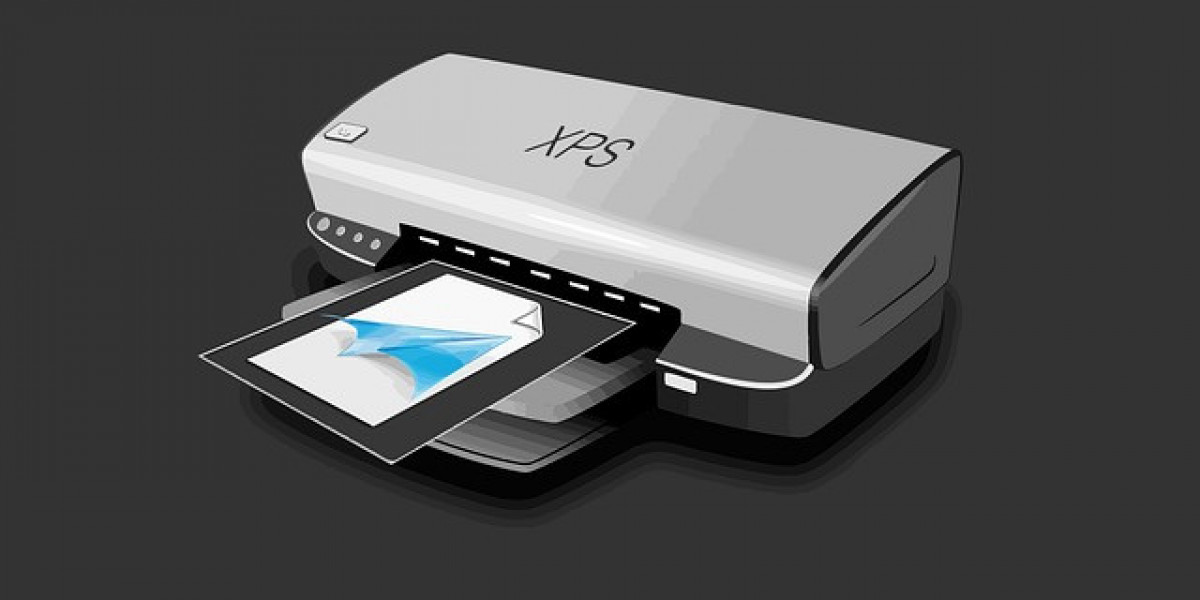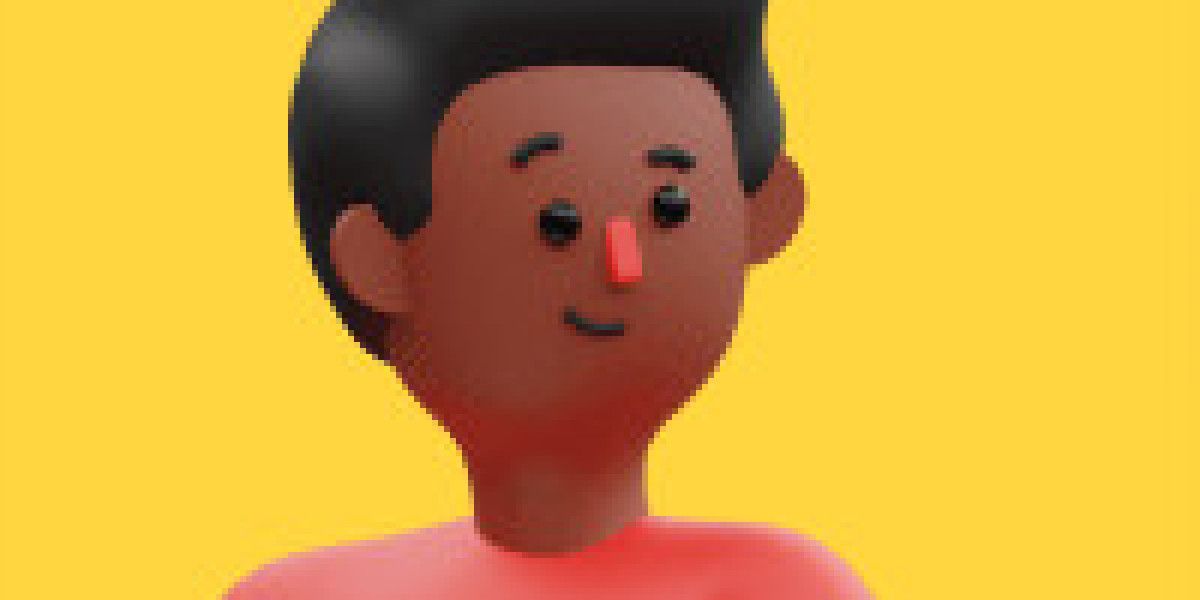What Are Wearable Technologies?
Wearable technologies or wearables is an electronic equipment that can be worn on the body as a continuous interacting device. The product contains sensors that allow them to collect data; they also assist in tracking one’s health parameters and connecting it with other devices in the digital world. Indeed, these pieces of technology revolutionized how to monitor one’s health, to stay connected to the rest of the world, and how to interact day by day.
How Do Wearable Technologies Work?
This implies that wearable devices work on collecting and analyzing the data by involving sensors, software, and the processor. There may be the association of the information with a mobile phone or even other devices allowing the information transmitted for real-time monitoring and response.
For example:
Sensors– Wearables normally come with other sensors like: accelerometers which track physical movement, heart monitors, GPS monitoring, and others which are important in monitoring physiological signs, physical activity, etc.
Data processing and analysis: The data is analyzed by in-built software that interprets it to deliver its insights or feedback to the user. For example, a smartwatch shows your current heart rate in real time or lets you know that you have reached your daily step goal.
Connectivity: Wearable devices are mostly paired with smartphones or other devices to allow the data to sync with apps, cloud storage, or external devices for further analysis and storage.
Evolution of Wearable Technologies
Wearable technologies have advanced to a significant degree, starting from simple fitness tracking devices to monitoring complex health data. Let us look at some types and their development.
1. Smartwatches
The most popular kind of wearable is the smartwatch. While once used primarily as a timekeeper, modern versions of smartwatches can now keep track of all sorts of details, including heart rates, steps, notifications, GPS, and mobile payments. Smartwatches that are developed and manufactured by these brands have resulted in being excellent tools for people to use not only for personal issues but also health management.
2. Fitness Trackers
The devices are designed specifically to monitor how active one has been and one’s health in general. These can include steps, calories burned, sleep patterns, and heart rates. They feed the user back real-time information to help a person improve in fitness and also health in general. Fitness trackers have a tendency of focusing more on health metrics as well as activities rather than being smartwatches.
3. Smart Glasses
Smart glasses are wearable devices with a head-mounted display. They have the ability to offer augmented reality, meaning users can interact with the world around them in new ways. Companies such as Google and Microsoft have developed smart glasses like Google Glass and HoloLens, which are applied in fields like healthcare, education, and industrial operations. Such devices can project information directly onto the lens, so that the user can get real-time data hands-free.
4. Wearable Medical Devices
Wearable medical devices have opened new frontiers in healthcare, giving users the ability to monitor their health in real-time. Devices such as continuous glucose monitors (CGM), wearable ECG monitors, and smart insulin pens are helping people with chronic conditions manage their health better. These devices collect vital health data that can be shared with doctors or analyzed for patterns, helping users make better health decisions.
5. Wearable Cameras
Wearable cameras, like GoPro, can record hands-free video. Such cameras are suitable for action sports and adventure, but they also can be useful for professionals like first responders to capture their experience. These cameras are in demand today due to the high-quality video that is recorded from the perspective of the wearer. These cameras have gained popularity among the public as well as journalism and law enforcement professionals.
Difficulties and Limitations of Wearable Technologies
Wearables have lots of advantages, but there are challenges that exist with them:
1. Privacy Issues
Wearables absorb an enormous amount of personal information, which raises serious questions about individual privacy, as well as data security. Personal metrics concerning health, location, and daily activities may be hacked or used otherwise if certain protections are not in place
2. Battery Life
Despite the great progress, battery life is still a concern for most wearables. For example, smartwatches or fitness trackers are charged daily or multiple times a day, which somewhat limits their use in certain situations.
3. Data Accuracy and Reliability
Wearable devices give valuable data; however, they are not always accurate. Factors such as the placement of sensors, skin types, and environmental conditions can affect the accuracy of the data collected and may result in incorrect readings.
Future Trend for Wearable Technologies
Future is bright in the area of wearable technologies and continually improves integration within our daily life.
1. AI and Personalization
There is now greater usage of Artificial Intelligence by the wearable technology segment. An algorithm using Artificial intelligence will make health recommendations personalized on a real basis based upon users’ actual need.
2. Integration with Internet of Things
Internet of Things, with the trends of wearable technology, connect other smart devices within it and make the experience very seamless. For instance, a smartwatch that detects your home’s temperature change and locks your doors based on the availability of daylight and controls the lighting.
3. Better Healthcare Solutions
As healthcare evolves, wearables will play a central role in remote patient monitoring and personalized care. Devices that monitor chronic conditions, track vital signs, and give instant feedback will revolutionize healthcare by enabling timely interventions and better patient outcomes.










